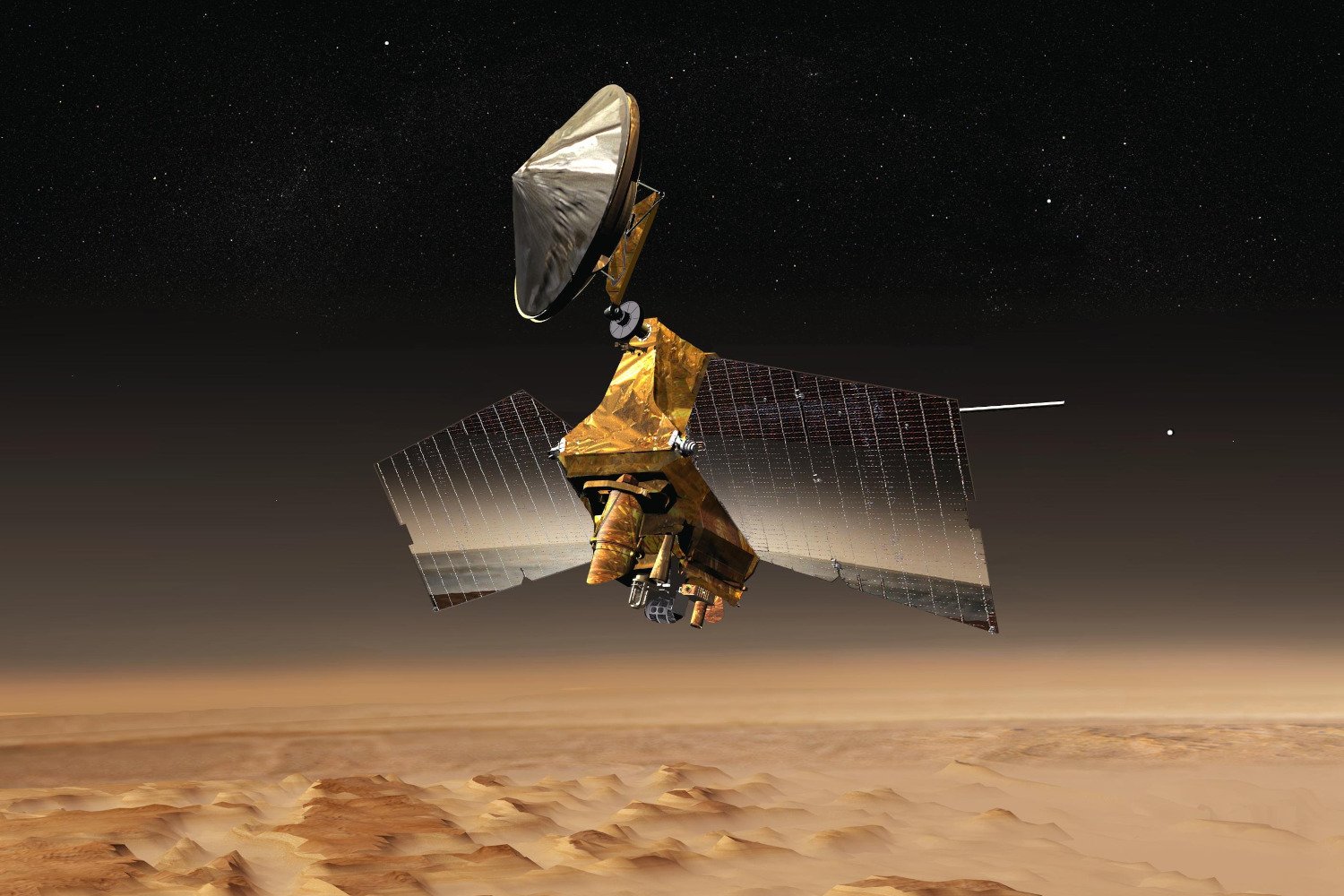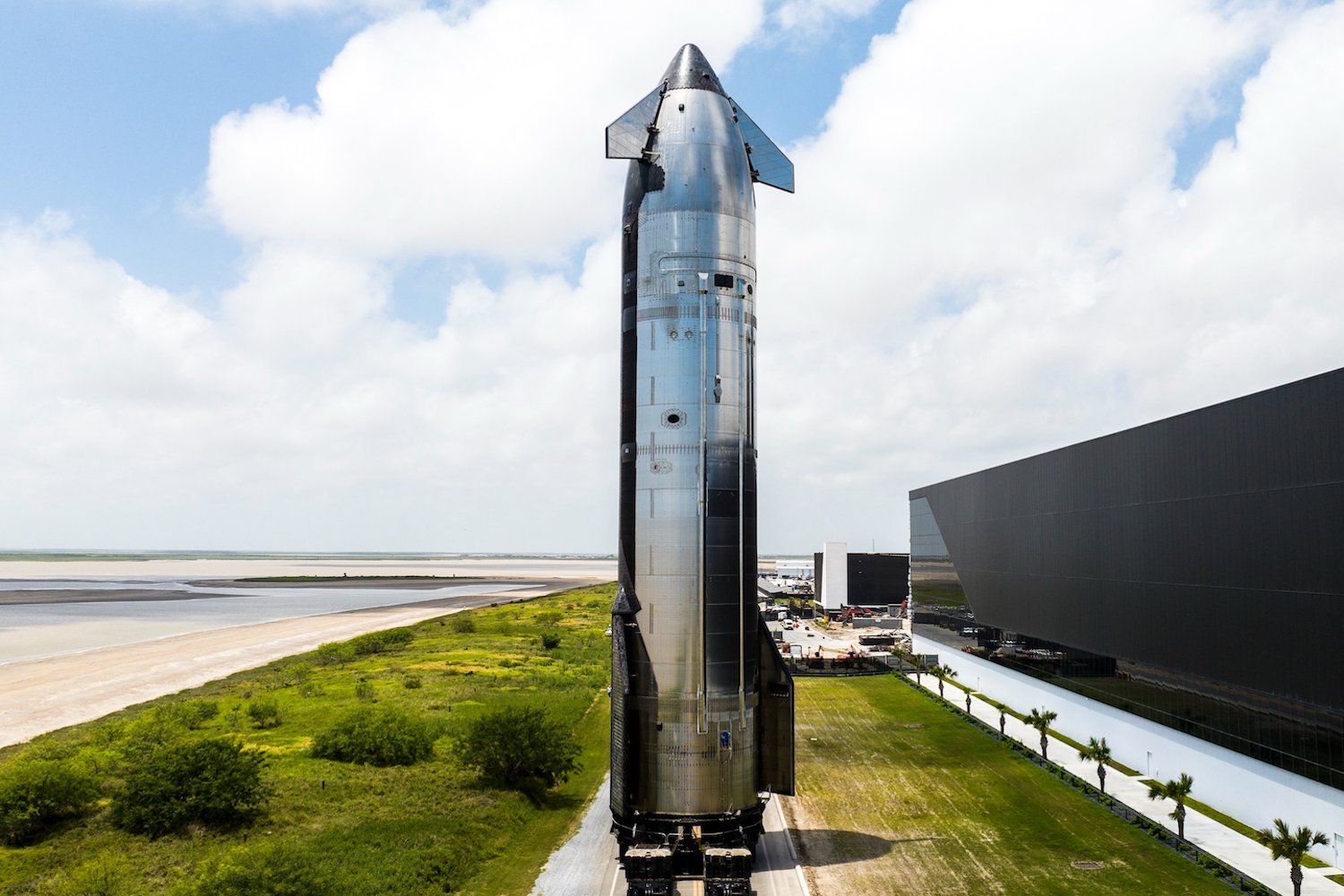When you extend your hand out the window of a moving car, you encounter a force pushing against it known as drag. This same force opposes a vehicle in motion, contributing to why your car gradually slows down when you lift your foot from the accelerator. However, drag isn’t limited to slowing down terrestrial vehicles; aerospace engineers are ingeniously harnessing this force for space exploration. They are developing more fuel-efficient spacecraft, deorbiting strategies that minimize space junk, and even methods to place probes into orbit around other planets using a technique called aerobraking.
Space, particularly near celestial bodies like Earth, is not an absolute vacuum. Earth’s atmosphere thins with increasing altitude but retains enough air to exert a drag force on orbiting spacecraft, even up to approximately 620 miles (1,000 kilometers). This atmospheric interaction is key to aerobraking. As its name implies, aerobraking is a maneuver that utilizes the tenuous upper atmosphere to apply a drag force in the direction opposite to a spacecraft’s motion, functioning much like brakes in a car to skillfully alter its trajectory.
The Mechanics of Orbital Adjustments via Aerobraking
In the vacuum of space, aerobraking offers a method to modify a spacecraft’s orbit with minimal reliance on its propulsion system and fuel reserves. Spacecraft orbiting Earth typically follow one of two main types of orbits: circular or elliptical. In a circular orbit, the spacecraft maintains a constant distance from Earth’s center, resulting in a consistent speed. Conversely, an elliptical orbit is elongated, meaning the spacecraft’s distance from Earth—and its speed—varies as it travels along its path.
The point in an elliptical orbit closest to Earth, where the spacecraft moves fastest, is termed the perigee. The farthest point, where its speed is slowest, is the apogee. The core principle of aerobraking involves transitioning from a large circular orbit to a highly elliptical one, carefully positioning the perigee within the denser regions of the upper atmosphere. For Earth, this typically ranges between 62 and 310 miles (100 and 500 kilometers), chosen based on the time allocated for the orbital change.
As the spacecraft repeatedly passes through this low-altitude perigee, the atmospheric drag it encounters gradually reduces the orbit’s elongation. This force effectively “circularizes” the orbit, pulling the craft into a smaller, more circular path than its initial orbit. While the initial maneuver to enter the elliptical orbit requires some propulsion and fuel, subsequent slowing is primarily achieved through atmospheric drag, conserving significant amounts of fuel.
It is important to note that aerobraking is a unidirectional process; it can reduce the size of an orbit but cannot expand it. To increase an orbit’s size or elevate a spacecraft to a higher altitude, traditional propulsion and fuel expenditure are necessary. [internal_links]
Practical Applications of Aerobraking Technology
A significant application of aerobraking is in transitioning spacecraft from a geostationary orbit (GEO) to a low Earth orbit (LEO). A GEO is a circular orbit at an altitude of roughly 22,236 miles (35,786 km), where a spacecraft orbits Earth in 24 hours, remaining stationary above a single point on the Earth’s surface. To initiate aerobraking from GEO, the spacecraft’s onboard propulsion system fires in the direction opposite to its orbital motion. This thrust shifts it into an elliptical orbit. Multiple passes through the atmosphere then gradually circularize this orbit into the desired LEO. Often, a final small fuel burn is needed to adjust the spacecraft into its precise target orbit, as the initial elliptical orbit’s perigee is usually lower than the final circular orbit.
This technique was demonstrated by the U.S. Space Force’s X-37B, which reportedly used aerobraking in early 2025 to showcase its agility and maneuverability. Another critical use of aerobraking is for deorbiting defunct spacecraft. By guiding a non-operational satellite into the atmosphere, agencies can ensure it burns up, thereby preventing the creation of hazardous space junk. [internal_links]
Aerobraking in Interplanetary Missions
Aerobraking has proven invaluable for interplanetary missions. Several Mars missions, including the Mars Reconnaissance Orbiter and the Mars Odyssey orbiter, have successfully employed aerobraking to achieve their operational orbits around the Red Planet. For such missions, aerobraking is typically used in conjunction with the spacecraft’s propulsion system. When a spacecraft arrives at a planet like Mars, it often enters on a hyperbolic orbit.
Unlike a closed circular or elliptical orbit, a hyperbolic trajectory means the spacecraft would fly past Mars without being captured by its gravity unless its onboard propulsion system fires to slow it down. This initial burn captures the spacecraft into a highly elliptical orbit around Mars. Subsequently, aerobraking is employed over multiple atmospheric passes to gradually shape this into the final, usually circular, operational orbit. The fuel savings realized through aerobraking are substantial, potentially allowing future missions, such as those aiming to land humans on Mars, to carry more scientific instruments or essential supplies. [internal_links]
In the evolving landscape of space exploration, aerobraking is more than just a clever maneuver. It represents a cornerstone technology playing an increasingly crucial role in the future of space operations, enhancing mission capabilities, improving safety by mitigating space debris, and paving the way for ambitious planetary missions and eventual colonization. Exploring innovative techniques like aerobraking continues to push the boundaries of what’s possible in our quest to understand and navigate the cosmos.











